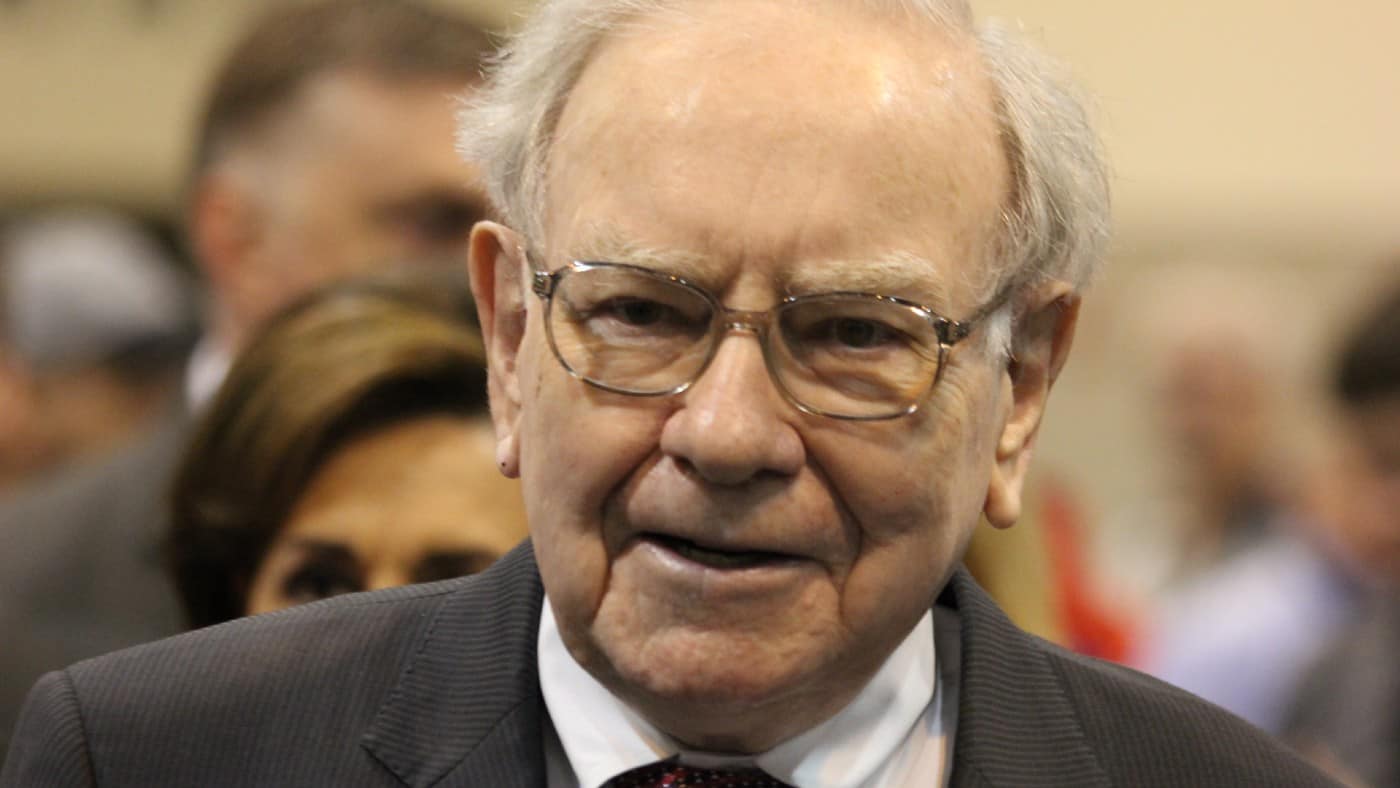With the cost-of-living crisis draining bank accounts, many families are undoubtedly enduring 2023 with little to no savings. However, now that inflation is beginning to drop, some pressure is starting to lift. And households can finally get back on track to build long-term wealth following Warren Buffett’s advice.
Lay solid foundations
The ultimate goal is establishing a sizable investment portfolio to capitalise on compounding returns. However, a few critical steps might need to be taken before throwing money into the financial markets.
Following Buffett’s advice, families with outstanding debts should often prioritise paying those down first. This is especially true if the interest rate is in double-digit territory, like with most credit cards. Why? Because trying to replicate higher returns with an investment portfolio could require taking on excessive risk with no guarantee of success.
It’s also important to build a robust emergency fund. Investment portfolios need time to grow. And withdrawing capital early to cover unexpected expenses can seriously disrupt the compounding process. Don’t forget investing is a long-term endeavour. And investors should be prepared to keep their capital in the markets for at least three to five years.
Fortunately, the rise of inflation has provided a slight advantage here. With the Bank of England hiking interest rates, plenty of savings accounts offer greater practically-risk-free returns ranging from 3% to 5% today.
The size of an emergency fund ultimately depends on individual circumstances. However, a general rule of thumb is to aim for approximately six months’ worth of expenses. Once high-interest-rate debts have been cleared and a cash cushion established, it’s time to kick off an investment journey.
Look for quality
Buffett is arguably one of the most successful investors alive today. And his strategy isn’t all that complicated. He focuses on finding high-quality businesses trading at fair prices to buy and hold for decades.
The question is, what makes a company high quality? And how can investors know if its shares are trading at a fair price?
Stock picking is a complex subject with a lot of moving parts. But a critical part of Buffett’s selection method is to look for economic moats. These are a series of competitive advantages that a firm has over its rivals. They can take many forms, from pricing power to exclusive access to a unique resource. And they help provide a critical edge in taking and protecting market share in the long run.
As for valuation, there are many different methods to estimate the intrinsic value of a firm. One of the simplest is to take a multiples approach. By comparing financial metrics like the P/E ratio or P/B ratio to industry averages, it’s possible to get a rough indicator as to whether a stock is trading at a premium.
Once a high-quality enterprise trading at a reasonable price has been identified, investors must sit back and wait. Businesses need time to deploy their strategies. And there will be challenges and hurdles they’ll need to overcome, which could delay the wealth-building process.
However, providing an investment thesis isn’t broken along the way, a portfolio can be elevated to new heights in the long run.








